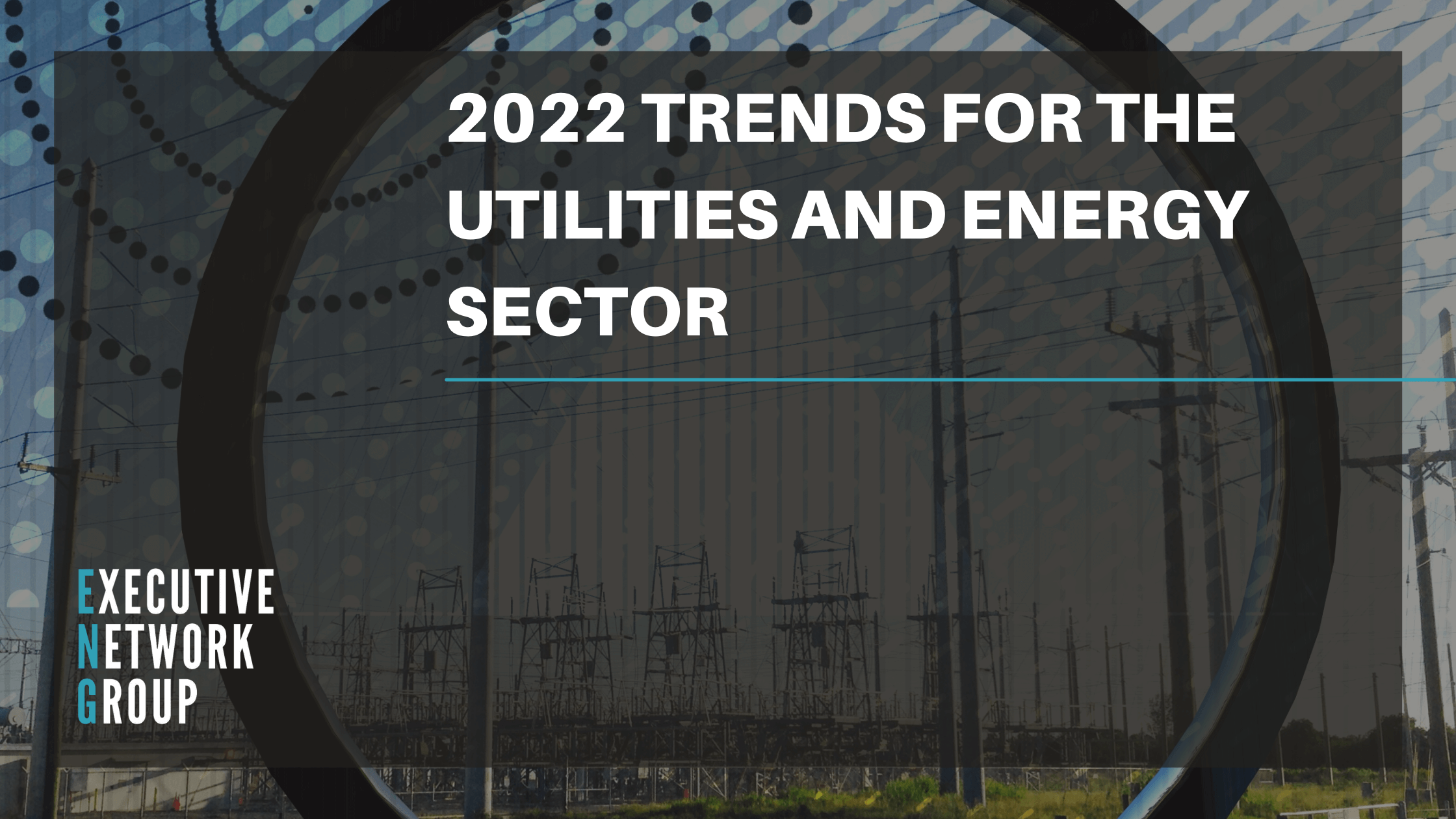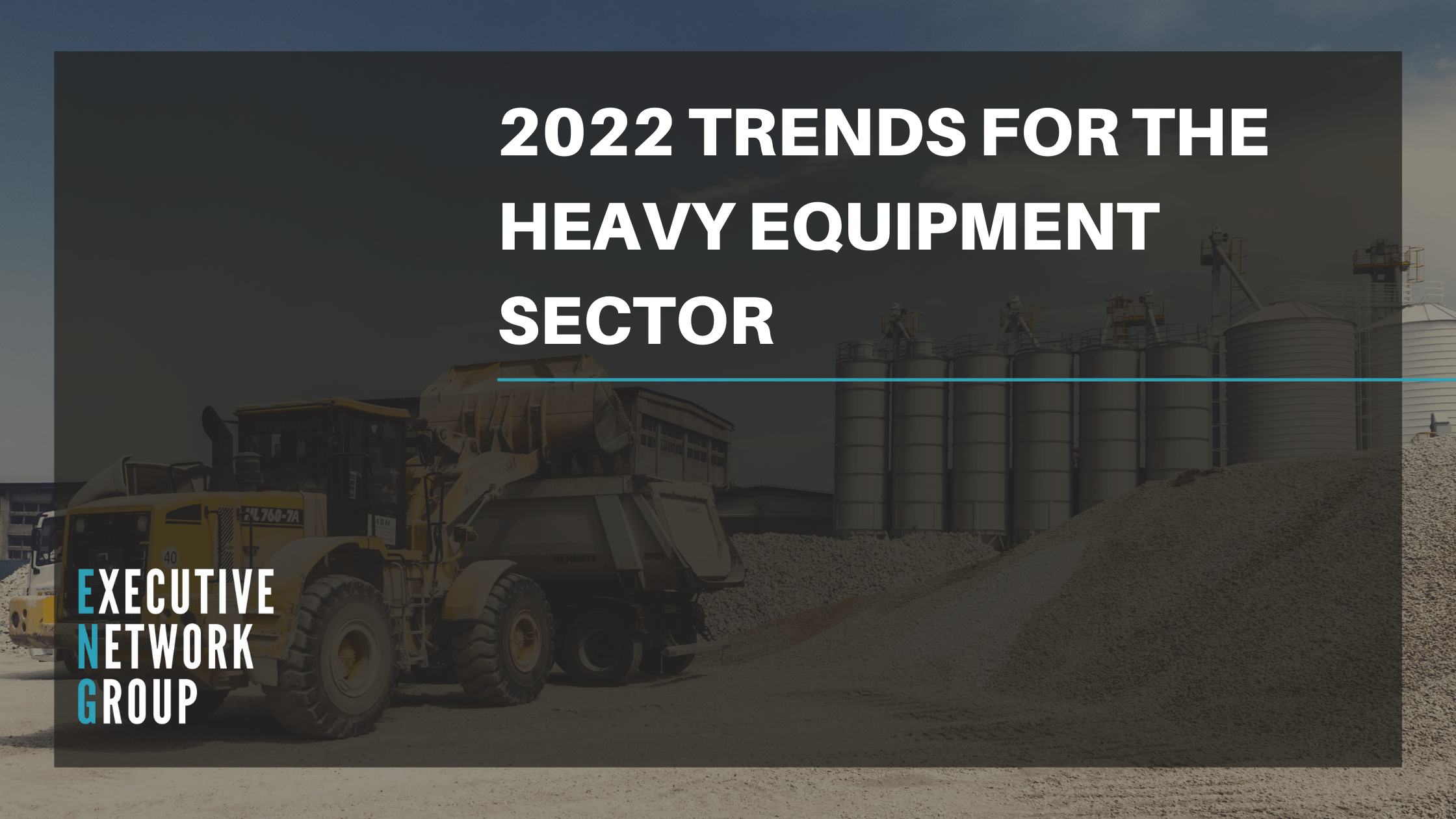2022 Trends for the Utilities and Energy Sector

Covid-19, unsurprisingly, had huge ramifications for the utilities and energy sector for the last two years. Supply chains grinding to a halt, mass shortage of important commodities like fuel, and rising number of UK suppliers going out of business. This resulting in a surge of talented energy specialists on the market for a new opportunity alongside customers now being encouraged to keep with their current provider.
The effects are certainly widespread. However, with a new year comes new optimism.
As the curtain begins to fall on 2021, we look forward to the year ahead. Every year new trends appear in a bid to improve, push boundaries, react to changes and rise to new challenges. The utility sector is no different, so we have listed 5 different trends for the upcoming year for Utilities and Energy.
Renewable energy
Renewable energy will be a big incentive for the utility sector going into 2022. The global Covid-19 pandemic had shelved many energy projects from 2020 through to 2021 but, there is a hope that 2022 will continue these planned initiatives. Schemes such as growing the wind turbine market and reaching the coal-free goal will dominate renewable energy concerns in 2022. One of the UK’s “Big Six”, EDF Energy plans to close their last coal powered station 2 years before the government’s deadline.
According to the Renewable Energy Magazine: “20 years ago, renewable energy was a great theory on paper, but not something achievable on a large scale. Today, it’s becoming an essential fact of life. We can’t wait until it’s too late to make a difference with climate change before we start focusing on renewable energy. 2022 is shaping up to be one of the best years for the renewable energy industry in recent history.”
Going to Net Zero
Net Zero has been a huge goal for the utility sector since the first paper was first published in 2009. Many countries have agreed to cut emissions of greenhouse gasses in a bid to improve the Global Warming issue. The deadline for this goal is 2050, with other greenhouse gasses being halved by 2030 – a turnaround for many who seemed “reluctant to embrace climate targets” – The Economist
It remains to be seen whether these ambitions will be realised and if we will become a part of a post-carbon world.
“The concept of Net Zero has come a long way in a very short time - it has gone from science to policy to mainstream in less than a decade. But it's the three decades ahead, particularly the first, that will determine whether the new window through which decarbonisation is now viewed globally delivers what it promises to.” – ECIU
Work from home becomes permanent
Working from home doesn’t seem to be going anywhere any time soon. Many different sectors adapted to the pandemic by sending their workforce home, either on furlough, or to work from the safety of their own homes. This trend seems to continue into 2022 with some companies even making this a permanent thing which workforces have been receptive to due to the autonomy and freedom it provides. Hybrid working is something that many companies from different sectors are discussing and considering.
A quote from Capgemini reads - “Work from home will remain a reality for most of the year. The leap towards digitization that many organizations took during lockdown, such as implementing remote work arrangements, will become permanent. Those that embraced this trend will be in better shape than others.” - Capgemini

Making up for lost time
The utilities and energy sector has been hit just as hard by Covid-19. People lost jobs or were placed on furlough, industry stalwarts closed their doors and renewable energy were the only source in demand in 2020. In 2022, the industry is hoping for a market boost.
“In early 2020, wind energy supply chains were massively disrupted by the all-around lockdown. Businesses had to shut down manufacturing, incurring missed deadlines and arrangements, and postpone their initiatives from 2020 to 2021 and 2022.” – Neutrino Burst
A lot was lost in the past 2 years so there is a lot of time to make up for.
Internet of Energy (IoE)
First of all, what is the Internet of Energy? Investopedia defines it as “a technological term that refers to the upgrading and automating of electricity infrastructures for energy producers and manufacturers.”
IoE uses the Internet of Things (IoT) technology. This means IoE will use devices that are connected to the internet. This technology is then used to greatly reduce any inefficiencies with the current energy infrastructure already in use.
But how will IoE improve the utility sector? A quote by the Renewable Energy Magazine reads – “Affixing IoT sensors to generation, transmission and distribution equipment can enable energy companies to monitor it remotely. These sensors measure parameters such as vibration, temperature and wear to optimize maintenance schedules. This preventative maintenance approach can significantly improve reliability by keeping equipment in optimal equipment and providing the opportunity to make repairs before it fails.”
REM also claims that IoE will make other improvements such as, grid distribution, improved grid management, and keeping customers more informed.
2022 will be dominated by the world’s continued movement towards NetZero however, there are other developments within the utility sector as we move into the new year. The water industry, with funding from the government, is investing £51 billion into green recovering projects which will continue into 2022.
The energy sector is also at risk of becoming a monopoly as suppliers plummeted from 80 to “as few as 10 suppliers may be left in the market by the time we’ve come through winter” – Baringa. This could lead to a monopolisation of suppliers which would mean fewer options for consumers. This was the trend as Pure Planet ceased to trade, many of their customers simply moved over to Shell. This is a trend we are likely to see more and more off in the coming year.

